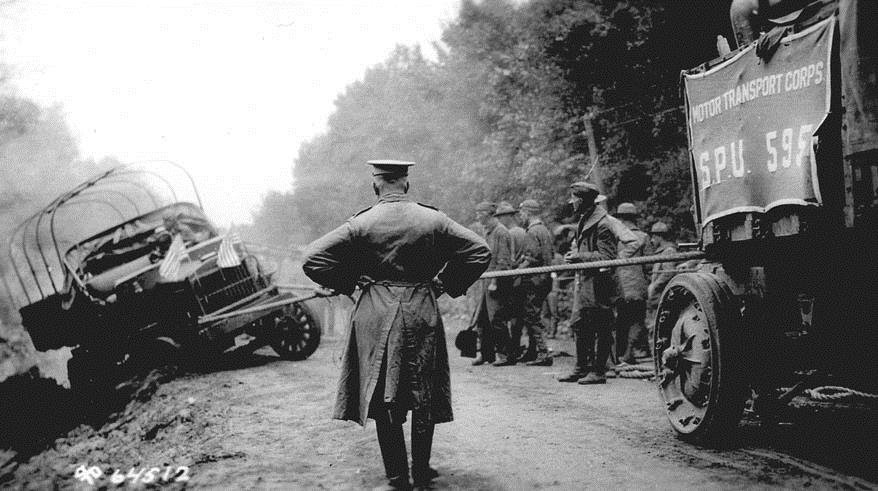April 10, 2016

Eventually, another Dwight D Eisenhower like federal push will be necessary to modernize our ailing automotive infrastructure. Otherwise, the horrendous service we have today will keep us in a perpetual state of just below outrage. The problem, this time around, will be aesthetics. In 1956, the Federal-Aid Act yielded essentially immediate ostensible results; you could see workers actually making roads where before there was mud and nothing else. When we modernize roads in the future, people will not be able to see much change. In fact, aside from widening some criminally narrow roads, and maybe a few additional routes where appropriate; before and after pictures will likely be pretty much identical. Again, Eisenhower left an omnichronistically adequate infrastructure, of an automotive infrastructure, on which further innovation is possible. It has already been proven, that widening roads is not a panacea for roadway congestion. A crude and simplistic logical analysis would yield, that after a certain point widening roads does not make any difference. Using only the established roadway system we have today, it is theoretically possible to have no traffic. If Eisenhower were met with any complaints about his roadway system, he could borrow the altered words of Enzo Ferrari, “the problem is not with the [National Highway System], but with the driver[s],” and he (unlike Ferrari) would not be wrong. It should be blatantly obvious by now, because Google has already unequivocally proven it, but people are the common denominator in all crashes. Once upon a time people could push the blame onto still wild automobiles, but after the push for in the safety that started 1960s (and still has not stopped), cars are tamer than a sloth on Zoloft, tranquilizers, and Xanax after a deep tissue massage and a dip in the hot tub. So, ideally, most of our roadways can stay identical exactly where they are already, without any major structural changes. Most of the amendments will be technological or educational in nature, basically people need to learn to drive better, and technology can help with and with more innovative things. Going back to the Google of it all, they are exposing a rather interesting hypocrisy that even they have not vocalized. We are being so stringent with the education of autonomous autos, without introspectively examining the educational system in place for human drivers, which is awful in the US. I have more on that, but that will be for another article. If people drove as well as autonomous autos have to before hitting public roads, they would not be needed to alleviate the existing congestion. The other (the first being autonomy) industry altering advancement is one that our current infrastructure not ready for; the extensive electrification of our automotive industry. Granted, Tesla has forced the country to conform to some degree, but it nascent at best. Honestly, it might even be a step in the wrong direction, in that even at peak efficiency, superchargers will always be massively inconvenient. The technology to make charging lanes is already theoretically possible, it only needs to be improved upon.
Tags: Government , History , Infrastructure , Perspective
Hello {{User.FirstName}} {{User.LastName}}.
You are logged in with email {{User.Email}}.